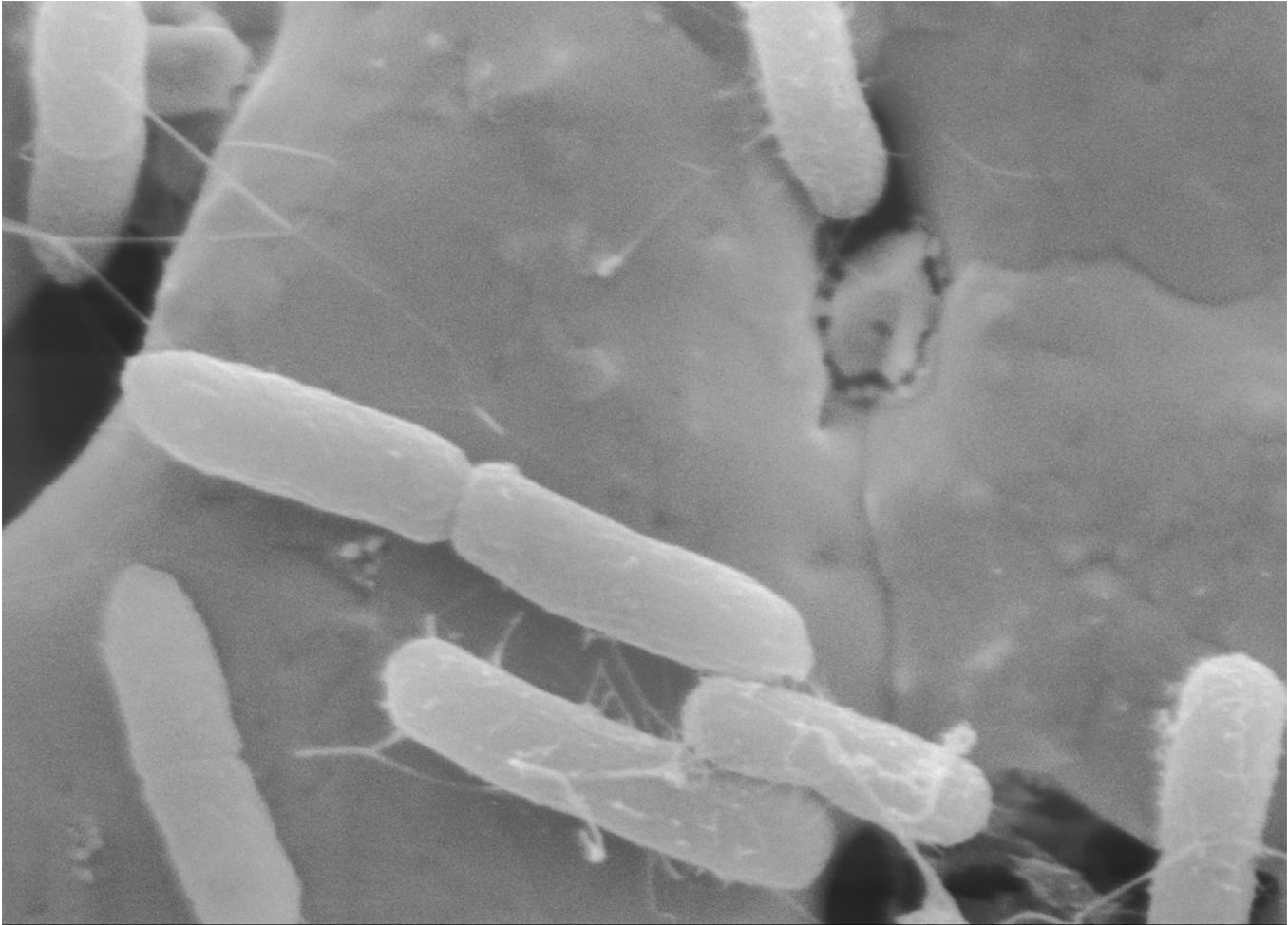In a study conducted by Complete Phytochemical Solutions (CPS), a Madison, WI-based third party consulting and contract research company, scanning electron microscopy was used to capture images of extra-intestinal pathogenic Escherichia coli (ExPEC) agglutinated in the presence of proanthocyanidins from the Cran Naturelle research material from Canadian supplier Fruit d’Or.
CPS and its principal Christian Krueger have in conjunction with Fruit d’Or developed a Polyphenol Fingerprinting analysis for identification and quantification of the proanthocyanidins with the fruit via MALDI-TOF mass spectrometry technique. The company also developed a C-PAC reference standard.
“The C-PAC reference standard is a more accurate means of quantifying both soluble and insoluble PAC than the proanthocyanidin A2 dimer reference standard that was previously used,” Krueger said.
Clumping effect

The images show the unencumbered E coli cells and what they look like after becoming agglutinated in the presence of the cranberry polyphenols. Preventing harmful bacteria from adhering to the lining of the urinary tract has been postulated as the method of action for how cranberry can ameliorate urinary tract infections. Agglutination is the process of the clumping of bacterial cells to enable them to be eliminated in one pass, either by excretion in the urine as in the case of UTIs, or by immune system killer cells in the case of blood-borne infections.
Krueger’s firm worked on developing a specification for the research material in conjunction with the Cranberry Research Institute.
The specification spells out the distribution of proanthocyanidins based on the ratio of A-type and B-type linkages within the molecules. This is where Krueger’s method comes in; prior to the development of this technique, it was impossible to precisely delineate the proanthocyanidins based on these linkages. Not being able to make that distinction is one of the things that has allowed grape seed extract to creep in, as this substance can mimic cranberry on some other types of tests, but won’t pass a MALDI-TOF screening, Krueger said. Krueger’s method has also been included in the latest version of the American Herbal Pharmacopoeia’s cranberry monograph.
